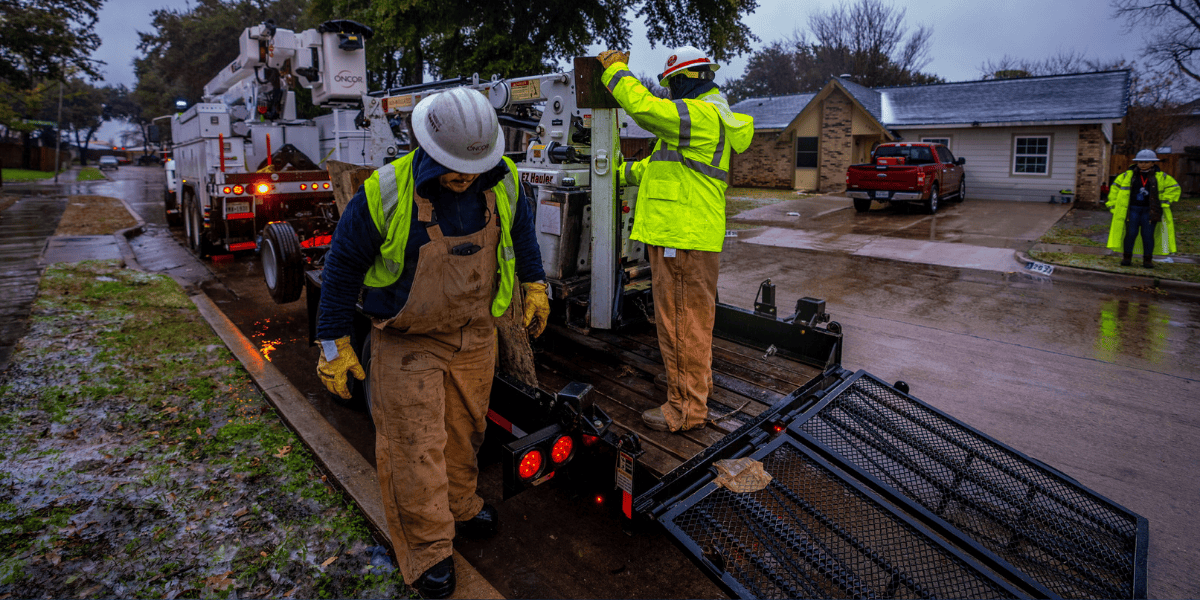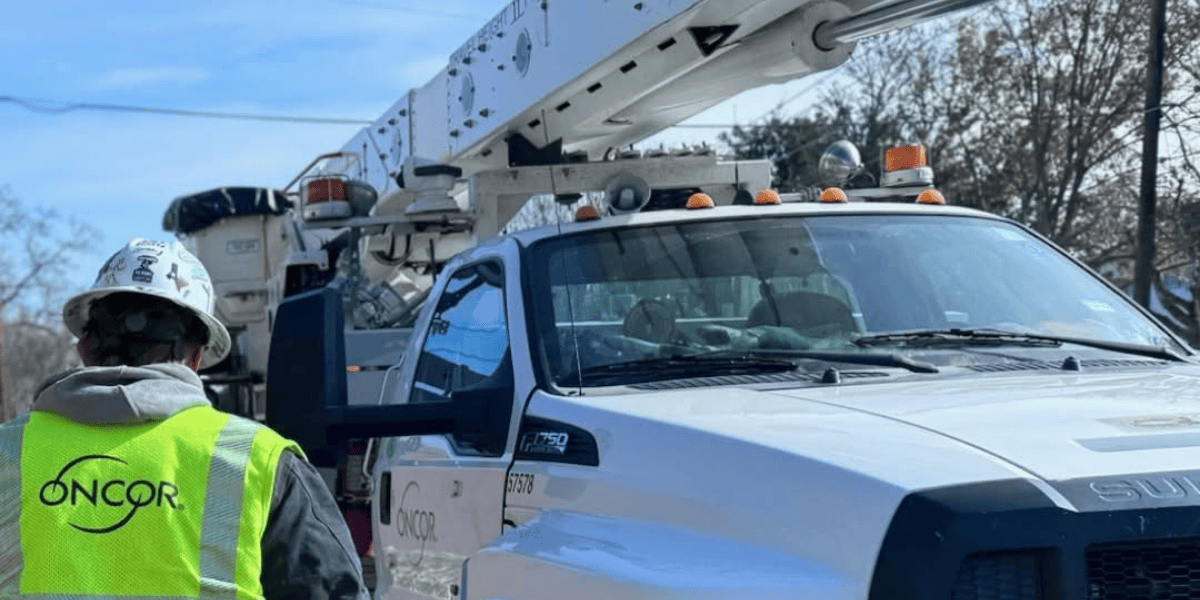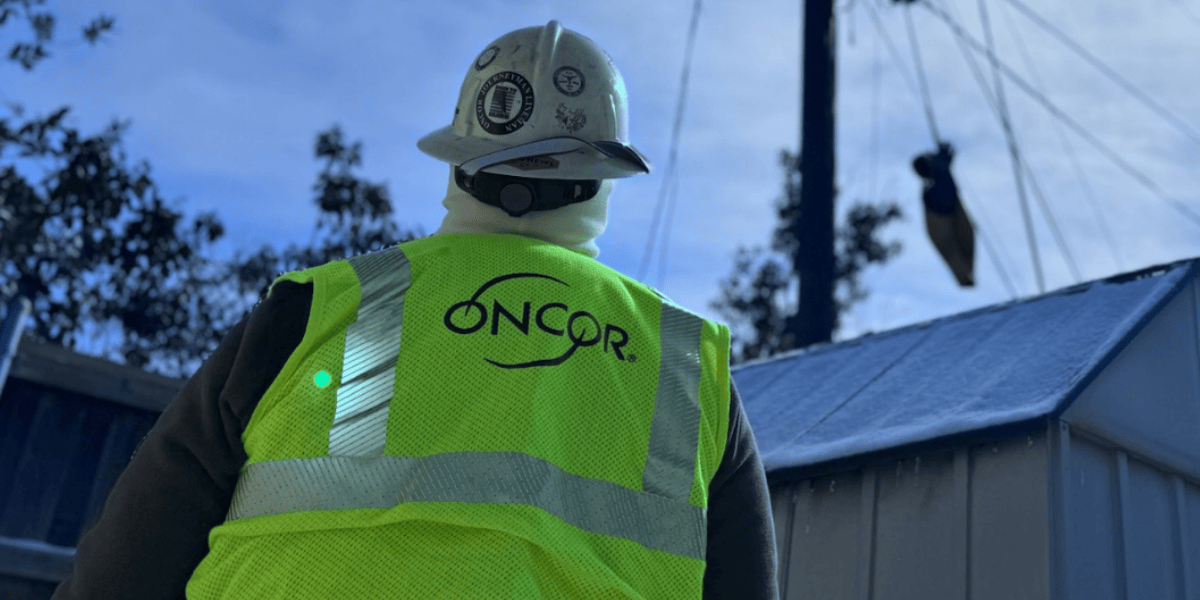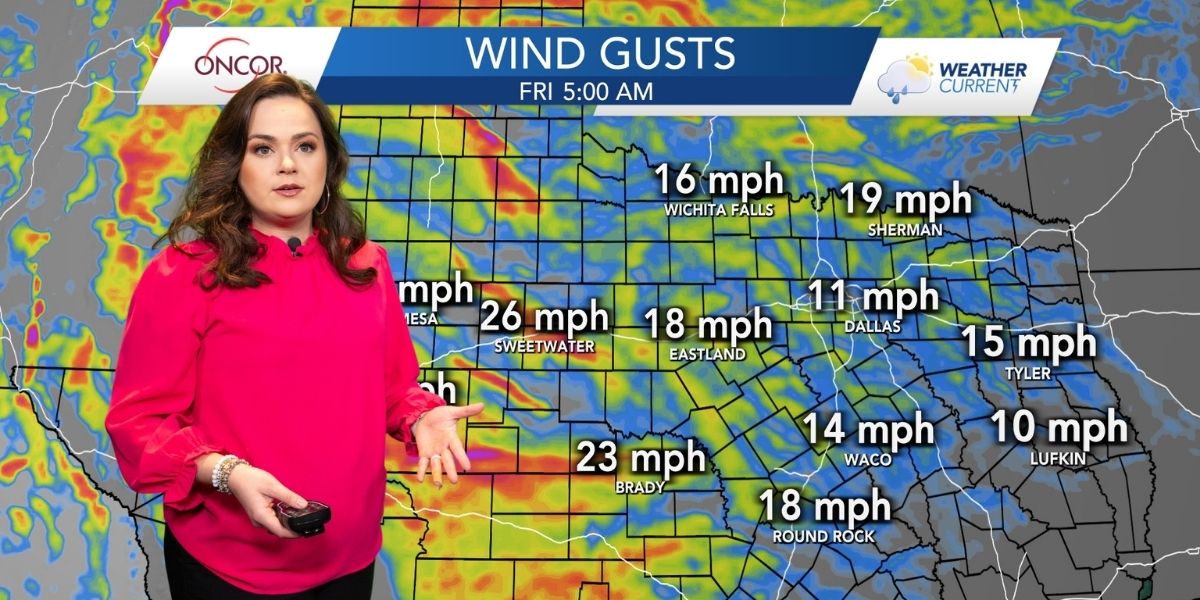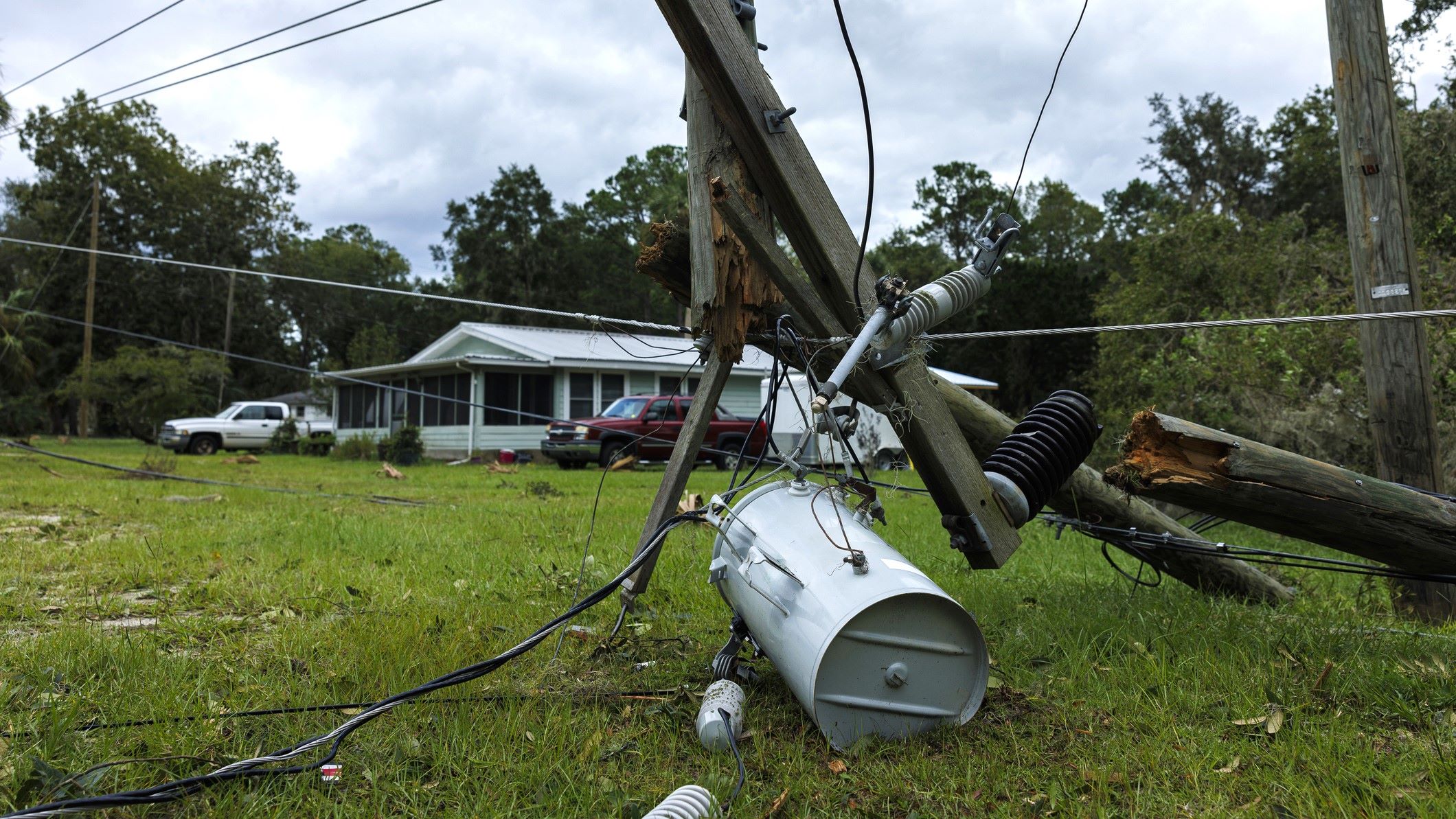-
Contact Us
-
General Inquiries/Service Requests:
- 888.313.6862
-
contactcenter@oncor.com
-
(Mon.-Fri., 8 a.m.-6 p.m. Central Time)
-
For Outages
- 888.313.4747
-
(24/7)
Assessing damage is a top priority
When high winds, ice or heavy rains damage our power systems -- and leave our customers without electricity – one of the first steps in Oncor’s recovery process is figuring out what must be replaced.
Before our line workers can make repairs to restore power, our damage evaluators must trek into storm-ravaged areas and check the condition of materials such as poles, wires, transformers and more.
Damage evaluators often arrive even before the tree trimmers, who will show up next to remove fallen trees and branches from power lines and roadways clearing the way for line workers to restore power.
“As an evaluator, you are going to go out and assess the lines and look to see if there are any fuses blown. Are there any poles and wires on the ground?” said James Blanton, Sr. Director, Distribution Engineering. “You are going to be looking for anything that would potentially cause a lights-out situation.”
“And the faster I can look at those locations, the faster I can get the lights back on,” Blanton said.

Luke Fairbrother, Sr. Designer, McKinney, also works as a damage evaluator. “Most of the time when you pull up, you can automatically tell what’s going on,” he said.
“A tree is down and you can see a pole that is snapped, or there are lines on the ground,” Fairbrother said. “We’re really scanning the area to make sure that first, we’re safe, and then assessing what’s been damaged, either our equipment or something on the customer’s house.”
They understand electricity
Our damage evaluators are distribution system designers, who on normal days, use computer programs to draw the different parts and paths of our electrical distribution system.
“The designers put together electrical distribution systems, so they understand poles and wires. They know electricity. They understand all of those concepts,” said Nguyen Le, Sr. Manager, Design.
When storms are in the forecast, Distribution Engineering leadership teams begin reaching out to designers to see who is available for damage evaluation. Designers work in nearly all Oncor offices, but after a storm, they may be dispatched to any location in our service area.
“By the time the storm hits, we know we have these people on hold,” Le said. “We then contact them, tell them where to be and what time to get started.”
During a storm, Oncor’s command centers remotely monitor the impact on our system, understanding within seconds where power is out and what might be damaged. But it takes a human being walking into an area to get the whole picture.
“Based on the number of tickets geographically and discussion with our partners at our Distribution Operations Centers and Operations, we can make strategic decisions to stage the number of damage evaluators – both employees and contractors,” Le said.
After high winds and rain knocked out power to parts of North Texas in late May, Oncor dispatched hundreds of damage evaluators, including contractors, to storm-ravaged neighborhoods.
“Our job is to gather as much information as possible about an area. That way our crews have everything they need to make the repairs,” said Tyler Merrifield, Sr. Designer, Mesquite.
Safety is a priority
Our evaluators wear the same flame-resistant clothing as our line workers, including the same safety glasses, hardhats, gloves, vests and steel-toed boots. They’re also equipped with a voltage detector called a V-Watch that can detect electricity from a downed, potentially live wire.
“You have to keep safety in mind at all times,” Le said. “Potentially, any downed wire can be live and can be dangerous.”

Evaluators will block off downed wires with yellow caution tape and either they, or another employee, will be assigned to keep people away until the lines are confirmed to be de-energized.
Alizabeth Gstattenbauer, Sr. Designer, Temple, said that when a strong tornado swept through Temple last May, she and her coworkers “hunkered together in a stairwell” at the Oncor service center, just blocks from the storm’s path.”
Once safe to do so, the damage evaluators were dispatched to impacted areas of the system to conduct the assessment process so line workers could begin restorations as quickly and efficiently as possible, she said.
It takes a human: Reassuring customers
A common occurrence in a storm is when the service line – the line from a utility pole to a home or business – is knocked down by wind or fallen branches.
Merrifield said the line can disconnect from the pole or transformer. Sometimes, the line pulls on the mast or weather head, which is where the service line ties to a building or home.
“The mast can be damaged or there might even be damage to the meter base, the box that holds the meter,” Merrifield said. Because that equipment belongs to the customer, and not Oncor, the customer must contact an electrician to make those repairs and also pass a city inspection before Oncor can repair its equipment to restore service.
Merrifield said evaluators perform another important function. “When we’re out there doing the evaluating, we’re also communicating with customers,” he said, “trying to reassure them that we’re doing everything that we can to get their power back on as quickly as possible.”

